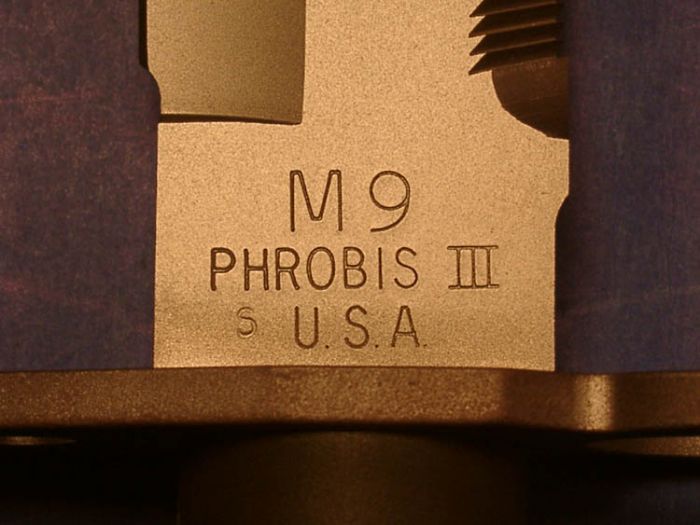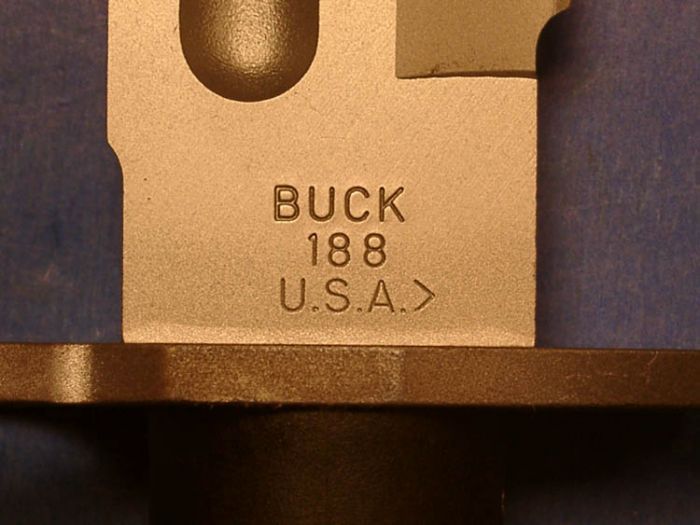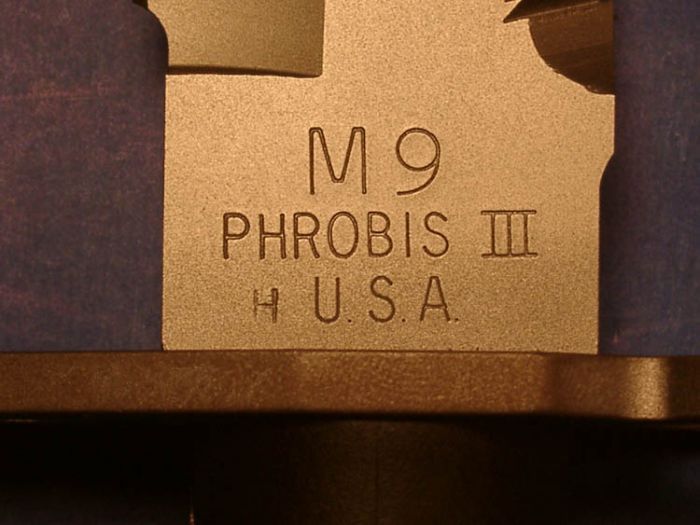From:
http://www.usmilitaryknives.com/bill_porter_ii.htm
Written by Bill Porter (porterkids of the forums)
In the fall of 2004, Buck Knives, Inc. was preparing to relocate their manufacturing facility from El Cajon, California to Post Falls, Idaho. A small quantity of M9 bayonet parts was discovered during the process of cleaning out their California facility. The parts were assembled and Buck was selling these "last ditch" bayonets at their company store in El Cajon. They did not have any of the original scabbards for the M9 bayonet, but they did have Buck 184 Buckmaster scabbard bodies, without webbing, to accompany the bayonets, mostly as a protective blade cover.
The two bayonets pictured with this article (SEE LINK or Photos in thread if images are lost) are from a group of less than 50 bayonets that were assembled from the component parts found in the factory. One has an OD grip and the other is black. The blades, cross guards and pommels have been bead blasted. It appears that there must have been some corrosion present on the cross guards and pommels, possibly the reason for the bead blasting, because the metal parts have a visible staining or darkening. The most interesting feature of these two bayonets is the blades. Both bayonets have very early 1987 commercially marked blades with M9 / PHROBIS III / U.S.A. on the left ricasso and BUCK / 188 / U.S.A.> on the right (the > mark is the Buck 1987 date code). The markings are those found on the bayonets made immediately after the first 1200 "chevron" bayonets. The "M" has flatted tops and the "9" is a rounded numeral, noticeably different from the later marked bayonets. There is another mark on each of these bayonets in addition to the standard M9 markings. One has an "H" and the other an "S" hand stamped, prior to blade heat treating, to the left side of the typical markings on the left ricasso. It was determine through conversations with Mr. Joe Houser of Buck Knives that these marks represent "Hard" and "Soft". The blades are from some special heat treating testing that was done back in the late 1980ís to determine the optimum hardness for the blade tang. These blades must have been sitting in the Buck Knives engineering department since the testing and were just recently discovered.
These bayonets mark the end of an era of Buck manufactured M9 bayonets. Itís interesting that blades from the beginning of the M9 bayonet project could be used for the last Buck M9 bayonet ever to be manufactured.
PLEASE NOTE from Bill's post below that not all of the blades marked like this are from 2004. I have uploaded Bill's photos to the photo server and you can see them here:
http://www.quarterbore.net/forums/ph...ry.php?cat=545
Three of the images from the photos above are posted below for reference...


